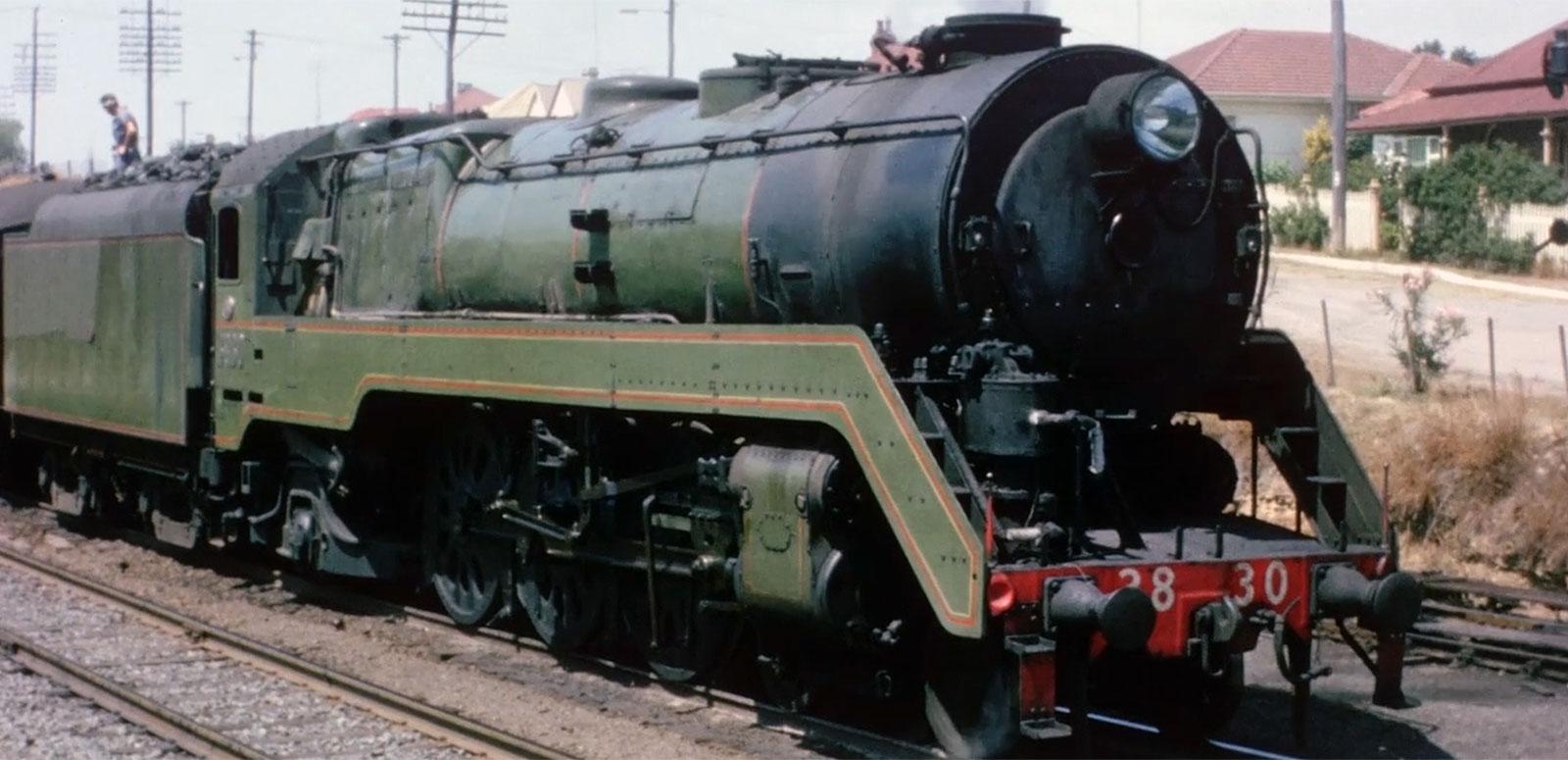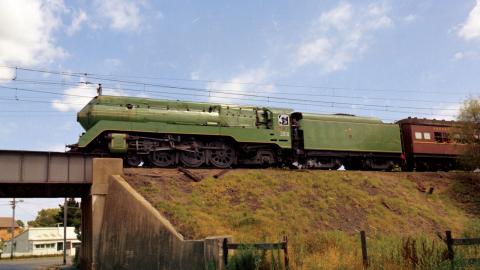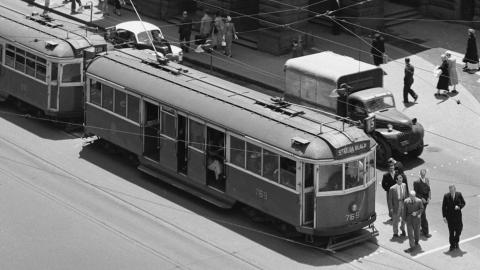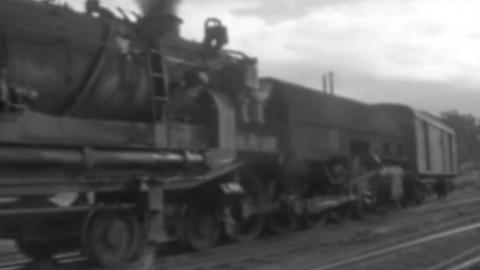The NFSA marks 50 years of A Steam Train Passes, Australia's most celebrated film dedicated to the age of steam, with two anniversary gala screenings – including never-before-seen footage from the NFSA Jim Powe Collection, narrated by NFSA Curator Jeff Wray. In the following article, Jeff gives an insight into trainspotting and the NFSA’s significant Jim Powe Collection.




